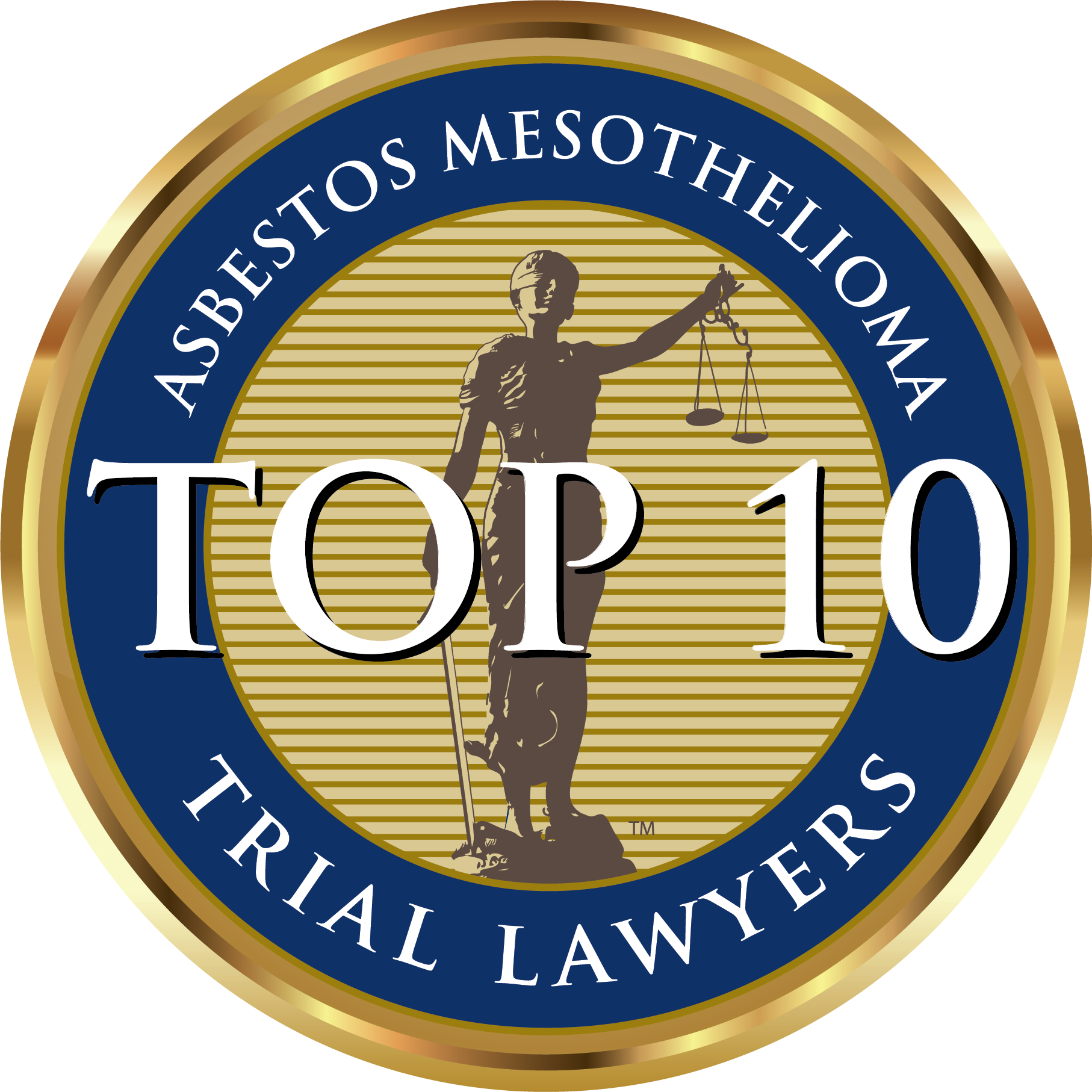Asbestos is a naturally occurring mineral fiber that was once widely used in construction and manufacturing due to its heat resistance and durability. However, prolonged exposure to asbestos fibers can cause serious health risks, including lung diseases such as asbestosis, lung cancer, and mesothelioma.
Primary exposure occurs when individuals directly handle asbestos-containing materials, prevalent in construction and industrial settings. Secondary asbestos exposure refers to unintentional exposure through contact with those who work in the mining of asbestos or regularly handle asbestos-containing products, as listed by the U.S. Environmental Protection Agency (EPA).
This commonly affects family members of asbestos workers, placing them at risk without having had any direct occupational exposure.
Second-hand exposure to this naturally occurring fiber poses a significant health dangers that are often overshadowed by primary exposure cases. Below, we’ll highlight the dangers associated with secondary asbestos exposure and the risk for mesothelioma that can result from it.
Sources of Secondary Exposure
Secondary exposure can stem from various sources, including contaminated work clothing, household items, and environmental contamination.
Asbestos fibers can cling to the clothing, skin, and hair of workers, unknowingly transporting them to their homes. Additionally, asbestos-containing materials in residential settings can release fibers into the air, further increasing the risk of exposure for household members.
Some common sources of secondary asbestos exposure include:
- Family Members: Relatives of workers who handle asbestos materials may be exposed when workers bring home asbestos fibers on their clothing, shoes, or skin.
- Occupational Settings: People working close to asbestos-containing materials, such as construction workers, may inadvertently carry asbestos fibers home with them, putting their family members at risk.
- Community Environment: Living near asbestos mines, processing plants, or industrial sites where asbestos is present can lead to exposure through airborne asbestos fibers that settle on surfaces or are carried by wind.
- Schools and Public Buildings: Asbestos-containing materials used in the construction of schools and public buildings can deteriorate over time, releasing asbestos fibers into the air and potentially exposing students, teachers, and visitors.
- DIY Renovation Projects: Homeowners undertaking renovation or demolition projects in older buildings may disturb asbestos-containing materials, releasing fibers into the air and exposing themselves and others, including family members and neighbors.
Asbestos fibers can also contaminate soil, water, and air in areas where asbestos-related activities have occurred, leading to potential exposure for nearby residents and wildlife.
Risk Factors for Mesothelioma
Mesothelioma, a rare but aggressive form of cancer, is closely linked to asbestos exposure, both primary and secondary. Individuals exposed to asbestos fibers, even in small quantities, face an elevated risk of developing mesothelioma years or decades later.
Factors such as duration and intensity of exposure, as well as individual susceptibility, contribute to the likelihood of developing this deadly disease.
Recognizing Symptoms of This Asbestos-Related Disease
Symptoms of mesothelioma often manifest years after asbestos exposure, making early detection challenging. Common symptoms include:
- Chest pain
- Shortness of breath
- Persistent cough
- Unexplained weight loss
Because of the nonspecific nature of these symptoms, diagnosis may be delayed, resulting in advanced stages of mesothelioma, as described by the American Cancer Society, with limited treatment options.
Protective Measures
Preventing secondary asbestos exposure requires awareness and proactive measures.
Employers must prioritize worker safety through proper training, safe work practices, use of personal protective equipment (PPE), and adherence to safety protocols. Additionally, individuals who work with asbestos should take precautions to prevent carrying fibers home, such as changing clothes before leaving the workplace and showering to remove any lingering asbestos particles.
At home, minimizing the risk of secondary exposure involves identifying and managing asbestos-containing materials. Older homes, particularly those built before the 1980s, may harbor asbestos in various forms. Consulting professionals for asbestos testing and removal can mitigate the risk of exposure to household members.
Legal Recourses Available to You as Someone Exposed to Asbestos
Victims of secondary asbestos exposure may pursue legal recourse to seek compensation for damages incurred, including medical expenses, lost wages, and pain and suffering. Attorneys experienced in handling mesothelioma cases can not only advise you of your legal options but provide guidance and representation as you navigate the complexities of asbestos litigation and pursuing justice.
Support networks and resources are invaluable for individuals affected by secondary asbestos exposure and mesothelioma.
Organizations such as the Mesothelioma Applied Research Foundation offer educational materials, support groups, and access to clinical trials for patients and their loved ones.
Secondary asbestos exposure poses serious health risks, with mesothelioma serving as a devastating consequence.
Recognizing the sources of exposure, understanding the associated risks, and taking preventive measures are key steps in lessening the threat.
By raising awareness, implementing protective measures, and advocating for affected individuals, we can work towards reducing the incidence of secondary asbestos exposure and improving outcomes for those impacted by mesothelioma.
If you or a loved one has been affected by asbestos exposure, our team at Frost Law Firm, PC is ready to answer your questions and help you seek the justice you deserve.























